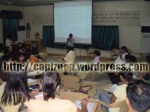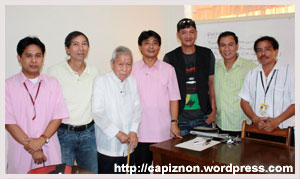And since the character of Capizeños has been molded through the years in the crucible of excellence, Capiz and Capizeños have nowhere to go but on the top of the heap, so to speak.
In her universally acclaimed magnum opus, THE MARCH OF FOLLY(New York: Ballatine Books, 1984), Professor Barbara W. Tuchman, eminent American historian, and two-time winner of Pulitzer Prize, chronicles the turning points in history that illustrate the very heights of the acts of folly – the Trojan War, the breakup of the Holy See provoked by Renaissance Popes, the loss of the American Colonies by Britania’s George III, and the United States own persistent folly in Vietnam. Professor Tuchman defines folly as the pursuit of policies or goals contrary to one’s own interests, despite the availability of feasible alternatives.
According to Professor Tuchman, “a phenomenon noticeable throughout history regardless of place of period is the pursuit by government than of almost any other human activity. In this sphere, wisdom, which may be defined as the exercise of judgment acting on experience, common sense and available information, is less operative and more frustrated than it should be. Why do holders of high office so often act contrary to the way reason points and enlightened self-interest suggests, why does intelligent mental process seem so often not to function?”
In contrast to the march of folly by other people, the distinctive feat among Capiceños is the pursuit of excellence in varied fields of endeavors and vocations. It seems to appear that throughout the ages, Capiceños have pursued goals, professions and carriers with dogged determination and excellent performance. Continue reading →



 This declaration was based on the
This declaration was based on the 















